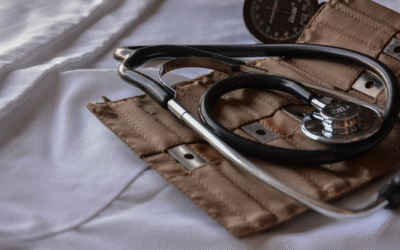Understanding Diabetic Ulcers
Diabetic ulcers typically form due to a combination of factors such as poor circulation, high blood sugar levels, and nerve damage (neuropathy). These factors reduce the ability of wounds to heal naturally and increase the risk of infection. Ulcers commonly appear on the pressure points of the feet, including the balls of the feet and the bottom of the big toes. Early detection and treatment are vital to prevent complications.

Prevention Strategies
Preventing diabetic ulcers starts with effective diabetes management and diligent foot care. Here are some essential tips:
- Regular Foot Inspections: Check your feet daily for any cuts, blisters, redness, swelling, or other changes.
- Proper Footwear: Wear shoes that fit well and provide adequate support and protection.
- Control Blood Sugar Levels: Keeping blood sugar levels within the target range can reduce the risk of developing ulcers.
- Moisturize: Keep your skin soft and smooth, but avoid putting lotion between your toes where moisture can lead to infections.

Treatment Options
At Capital Foot Care, we offer a range of treatments tailored to each patient’s specific needs. These treatments include:
- Debridement: Removing dead skin and tissue to promote healing.
- Dressings and Topical Treatments: Using specialized dressings to protect the wound and promote a moist healing environment.
- Infection Control: Prescribing antibiotics if an infection is present.
- Offloading: Using special footwear or devices to reduce pressure on the ulcer.
Advanced Treatments
For more severe cases, advanced treatments might be necessary. These include:
- Hyperbaric Oxygen Therapy: Enhances oxygen supply to the wound, promoting faster healing.
- Skin Grafts: Using healthy skin from another part of the body to cover the wound.
- Surgical Options: In some cases, surgery might be required to remove damaged tissue or correct underlying bone deformities.

Continuous Care and Monitoring
Ongoing monitoring and follow-up appointments are crucial to ensure that the ulcer is healing properly and to make any necessary adjustments to the treatment plan. Our team at Capital Foot Care is committed to providing continuous care and support throughout your healing journey.
Visit Us at Capital Foot Care
Managing diabetic ulcers requires a comprehensive approach that combines prevention, early detection, and advanced treatment options. At Capital Foot Care, our experienced doctors are here to help you every step of the way. Visit us at one of our convenient locations:
Riverdale, MD: 6510 Kenilworth Ave. Suite 2300
Takoma Park, MD: 7610 Carroll Ave. Suite 380
Largo, MD: 8816 Jericho City Drive
Washington, D.C.: 2041 Martin Luther King Jr Ave SE, Suite 103
Washington, D.C.: 1328 Southern Ave SE, Suite 209
For more information or to schedule an appointment, call us at 301-927-FOOT (3668) or email us at [email protected]. Trust the expertise of Dr. Khalid, Dr. Duterlein, and Dr. Zarate at Capital Foot Care to manage your diabetic ulcers effectively and improve your quality of life.
By addressing diabetic ulcers promptly and comprehensively, we help you take the essential steps toward better foot health and overall well-being.










